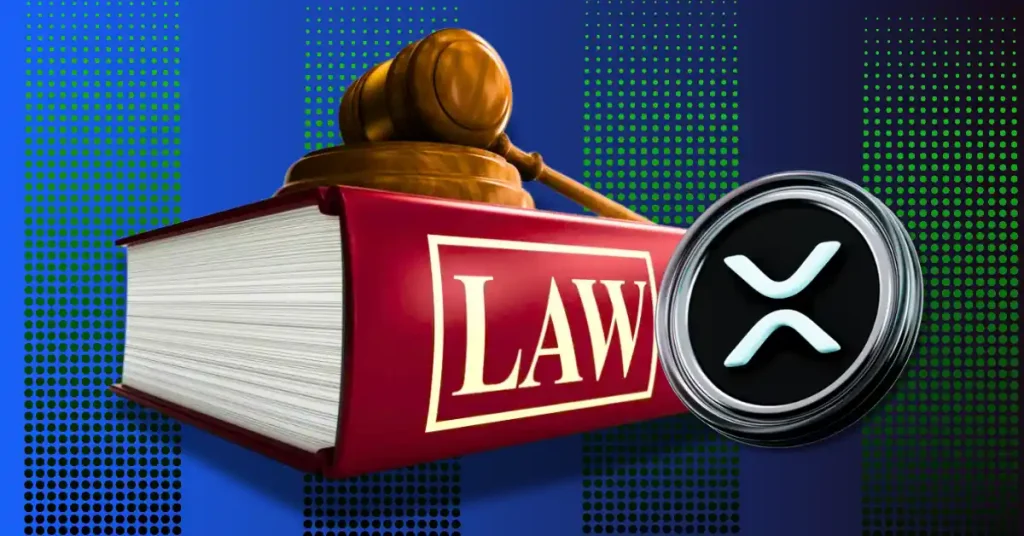Uphold’s FXRP Staking Model Could Reshape XRP Rewards – If Regulators Allow It
0
0

The post Uphold’s FXRP Staking Model Could Reshape XRP Rewards – If Regulators Allow It appeared first on Coinpedia Fintech News
Uphold is exploring a bold new way to bring staking to XRP and it could change the game for holders of the token. The plan: Use the Flare network’s DeFi capabilities to make XRP staking possible, even though XRP doesn’t support staking on its own.
With over 10 million users in 140+ countries, Uphold CEO Simon McLoughlin says the platform is getting ready to test a system that could let users earn yield from XRP through a clever workaround. But in the U.S., regulatory challenges could slow things down.
XRP Doesn’t Support Staking, So Uphold Is Getting Creative
XRP doesn’t use a proof-of-stake system, which is normally how crypto staking works. That makes it tricky to offer staking in the usual way. But Uphold may have found a solution – by working with Flare, a fast-growing DeFi network.
Here’s how it would work: when a user chooses to stake XRP, Uphold locks that amount in its own reserve. Then, it creates an equivalent wrapped version of XRP, called FXRP, on the Flare network. That FXRP can be used on Flare to generate returns, thanks to the network’s deep liquidity pools.
“There’s a depth of liquidity in those pools that makes it viable for us, for the first time, to look at offering a beta test,” McLoughlin said. A small group of users may get access to the test soon.
U.S. Rules Could Complicate the Launch
Uphold has been expanding its U.S. presence lately, including with a new debit card offering 4% XRP cashback. But staking is another story. McLoughlin says they need to be careful the wrapped version of XRP doesn’t accidentally count as a security, which would trigger U.S. securities laws.
That all comes down to the Howey Test, a legal framework that decides whether something is considered an “investment contract.” If FXRP is seen that way, Uphold could run into serious regulatory issues.
“We’ve just got to make sure that by wrapping XRP and putting it on a different network, there’s not an interpretation that says, well, actually, you Uphold are manufacturing a security that creates an expectation of profit,” McLoughlin explained.
Even though the SEC recently said staking doesn’t automatically violate securities law, McLoughlin admits the U.S. situation is still tricky and it might delay things.
What is The Howey Test?
The Howey Test checks whether a transaction qualifies as a security. It looks for four things:
- Money invested
- A common enterprise
- An expectation of profit
- Profits coming from others’ efforts
If all four apply, the asset may be regulated as a security, which is why Uphold is being cautious.
While the U.S. may take longer to approve such a product, other regions could move faster. McLoughlin says the company is confident it can move ahead in markets where the rules are more flexible.
What’s Next for XRP Staking?
The cryptocurrency community observes intently as Uphold prepares for its beta trial. This Flare-driven staking approach may improve XRP’s functionality by integrating DeFi innovation with detailed compliance.
With regulatory clarity approaching, Uphold’s initiative could establish a new benchmark for generating crypto yields.
0
0
 Manage all your crypto, NFT and DeFi from one place
Manage all your crypto, NFT and DeFi from one placeSecurely connect the portfolio you’re using to start.






